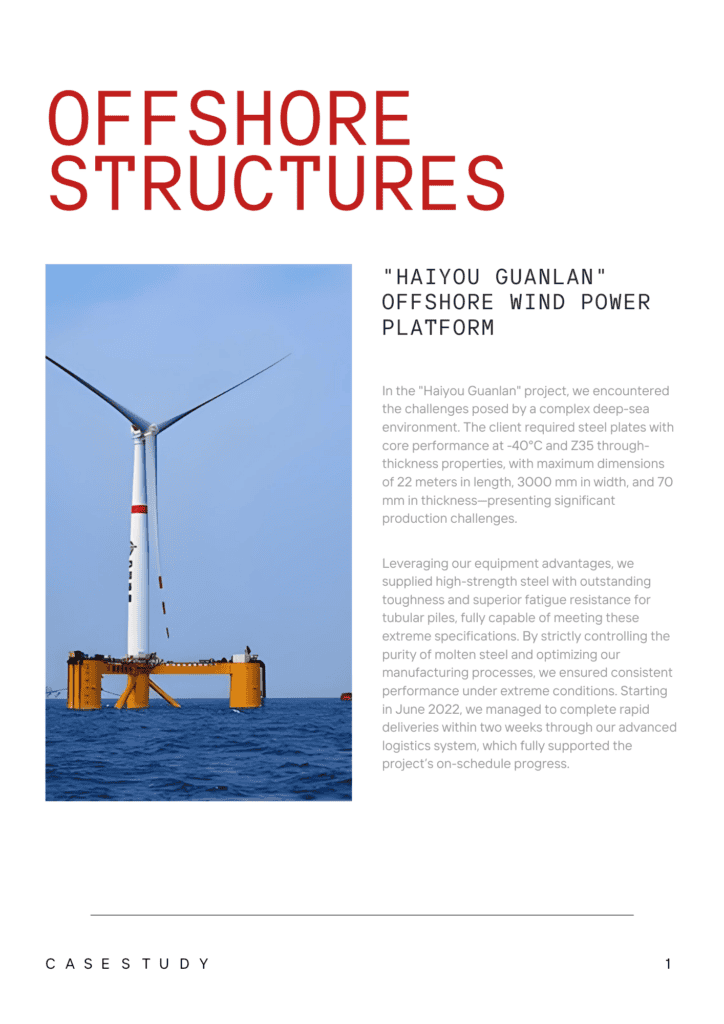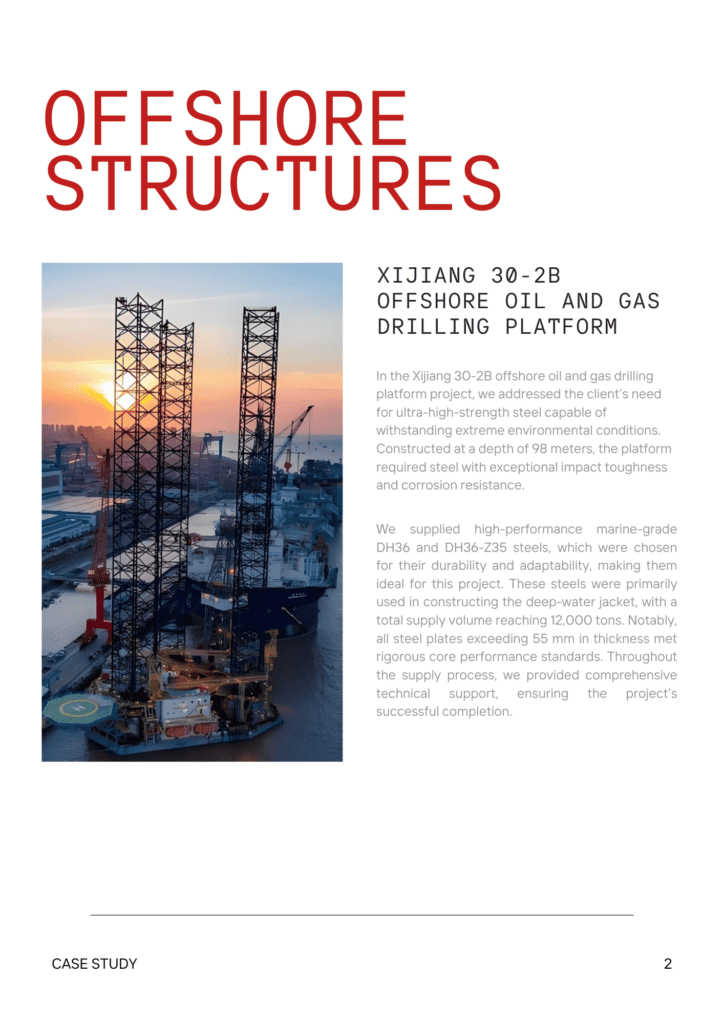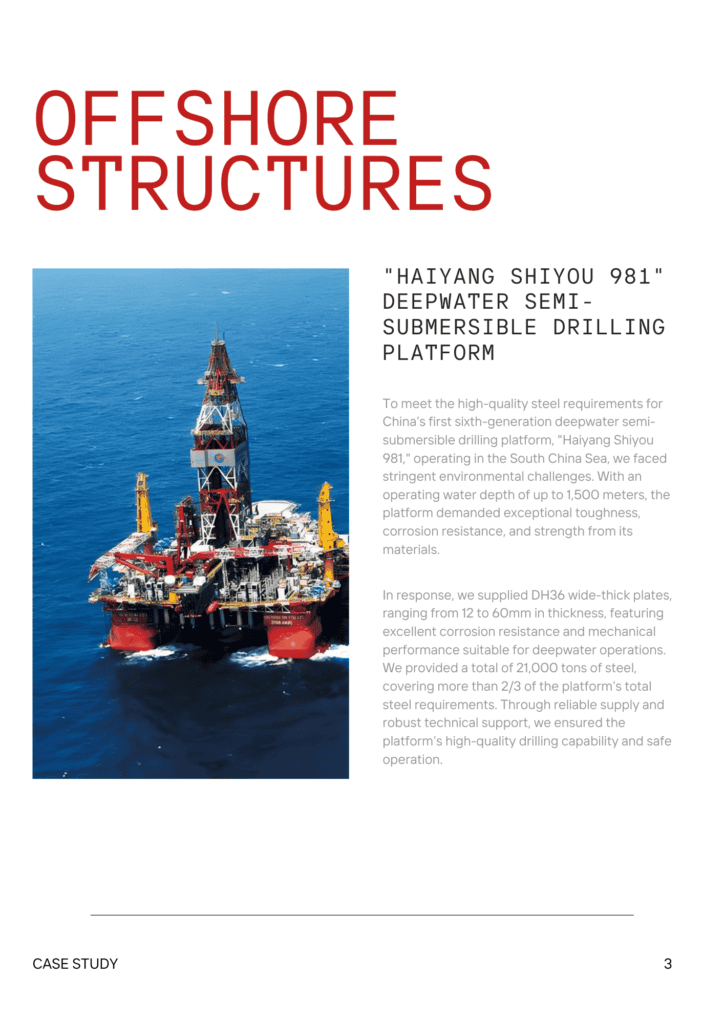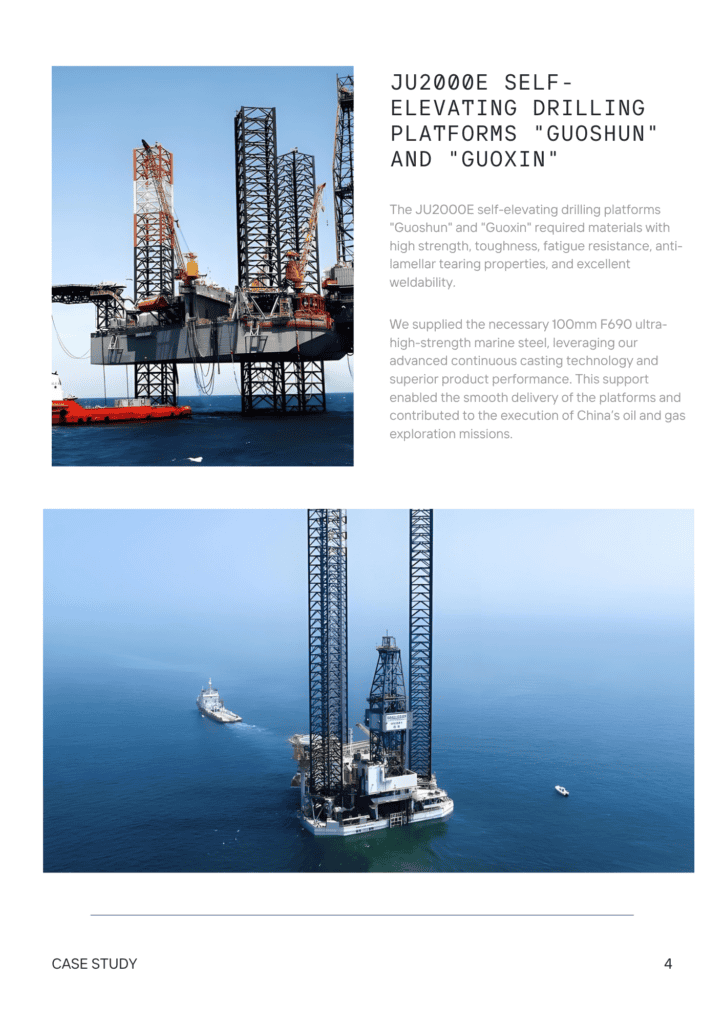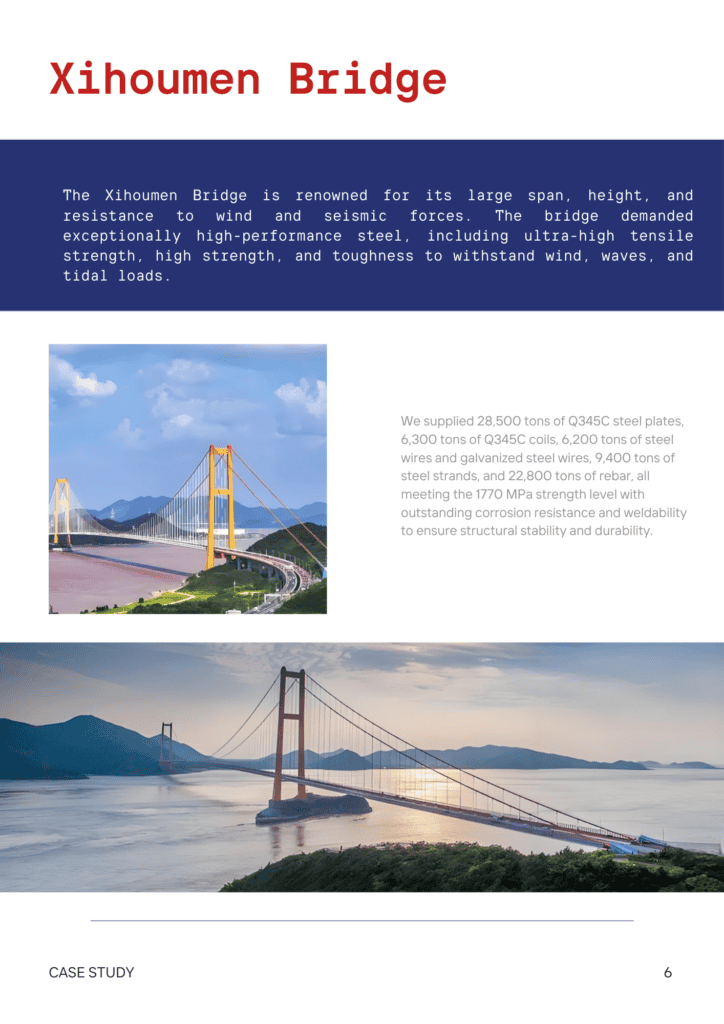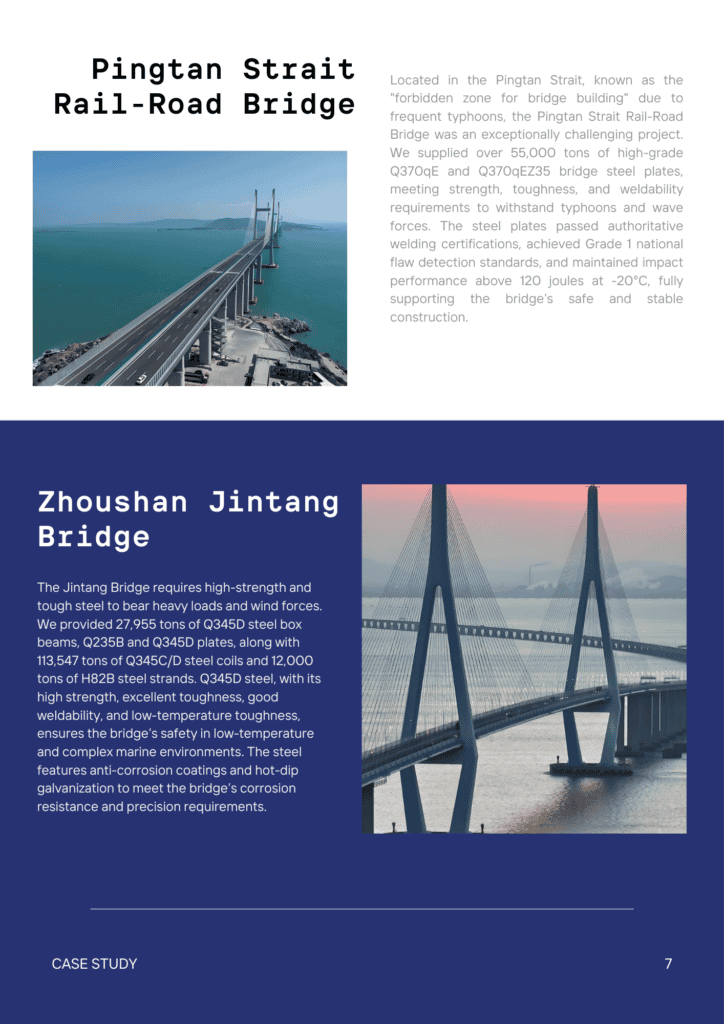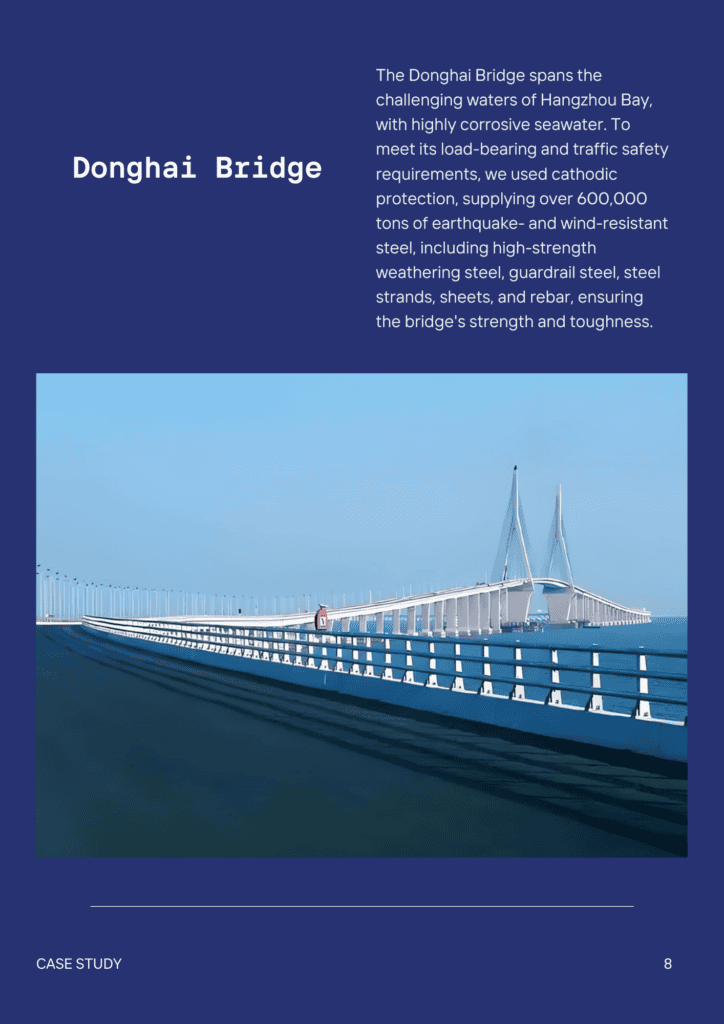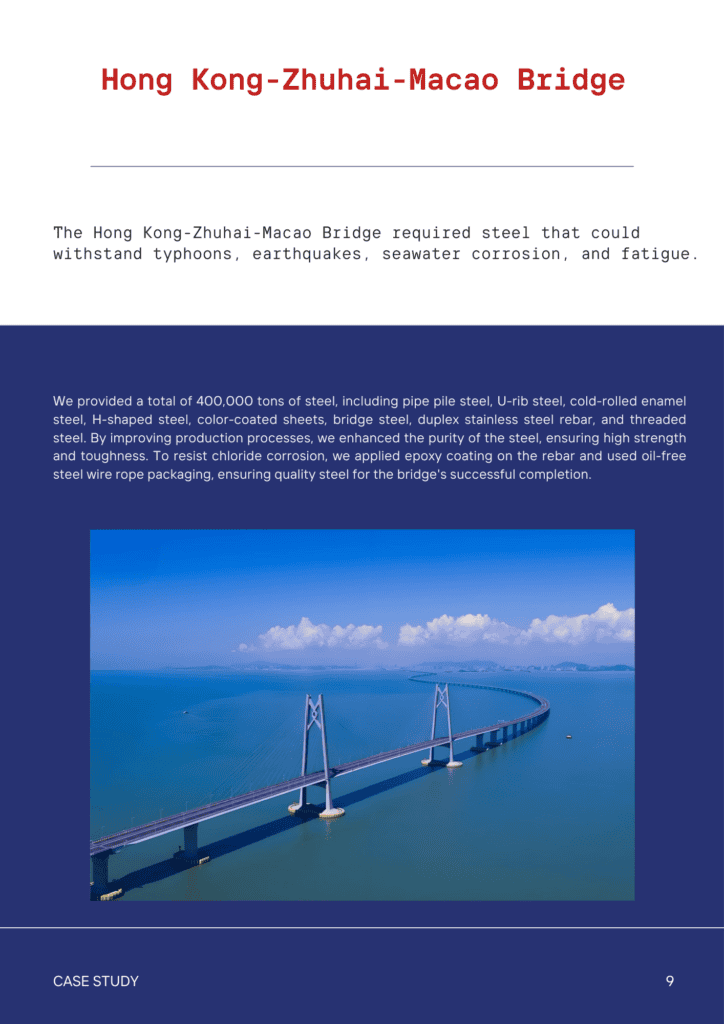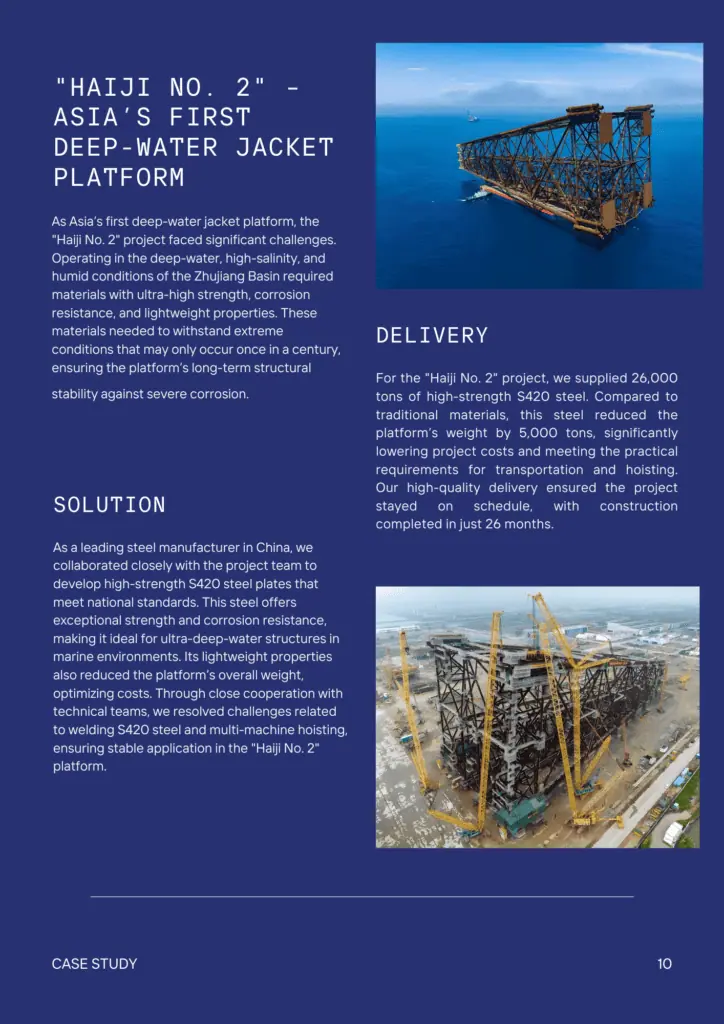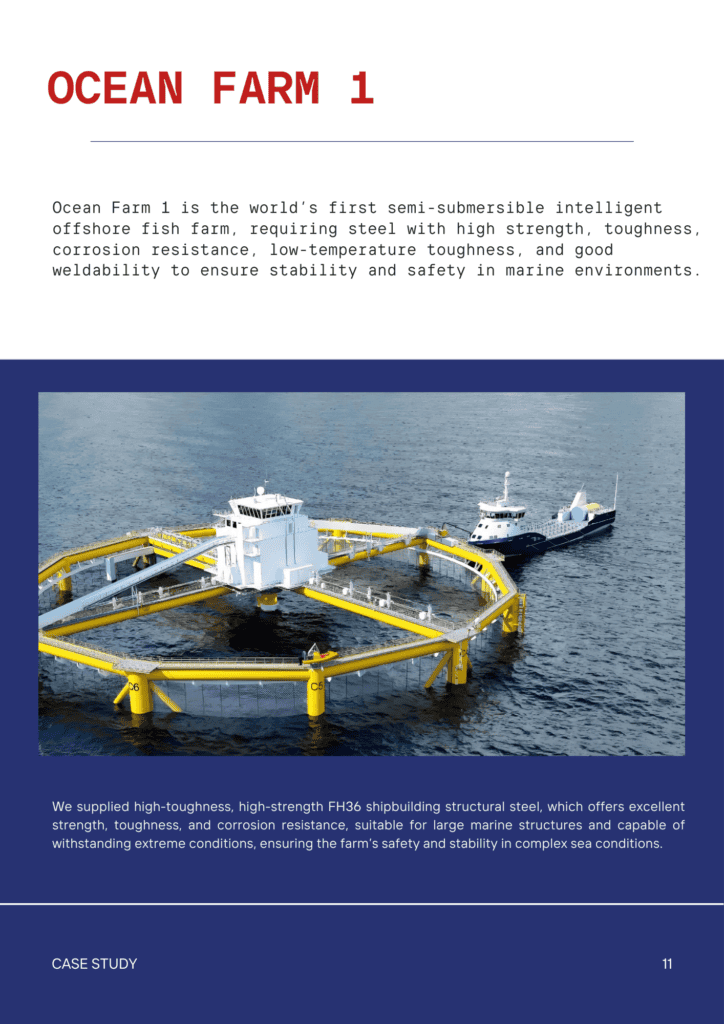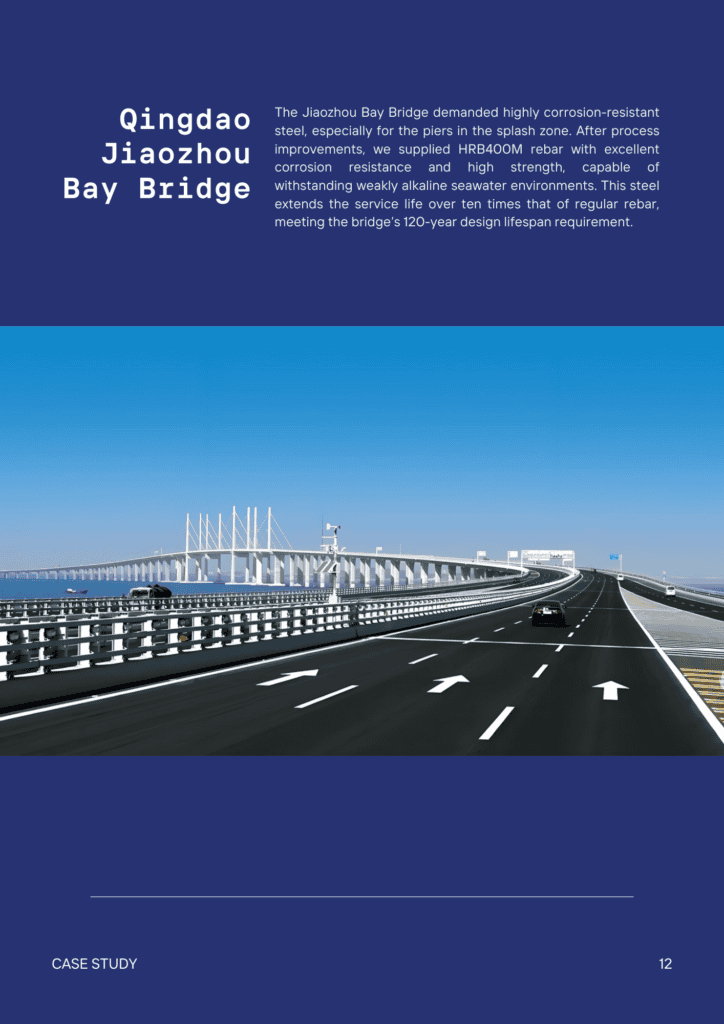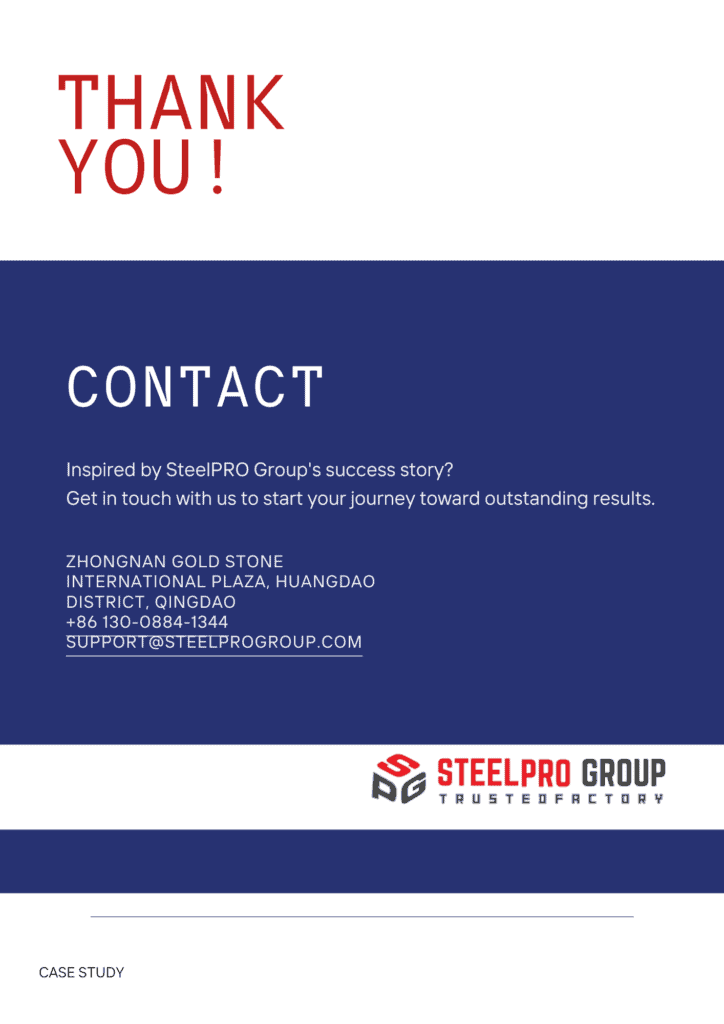Contents
Shipbuilding Steel Grades: Uses And Choices
- John

Shipbuilding steel is a type of carbon steel or low-alloy steel specifically designed for shipbuilding and offshore structures. It is known for its high strength, toughness, and corrosion resistance for ships and offshore platforms. Common grades include A, B, D, E, AH32, DH32, EH32, AH36, DH36, EH36, and FH36.
This article provides an overview of the various shipbuilding steel grades classified under the ABS (American Bureau of Shipping) system, highlighting their specific applications for various ship types and marine environments in different countries.
What Is ABS Steel?
ABS steel refers to a category of shipbuilding steel grades classified under the American Bureau of Shipping (ABS) standards. It is designed to withstand marine environments, where it must resist corrosion, endure high stress, and perform under extreme temperatures. It also complies with international standards such as ASTM A131 and ISO 636.
ABS steel grades are defined by their tensile strength, impact resistance, and weldability. Certification by ABS ensures the steel has passed comprehensive testing for structural integrity and performance in challenging conditions. They are commonly used in hulls, decks, bulkheads, and frames for shipbuilding and offshore structures.
Overview of ABS Grades of Shipbuilding Steel
ABS classifies shipbuilding steel into two main categories based on strength: ordinary strength and high strength. The ordinary strength grades include A, B, D, and E, while the high strength grades are represented by the AH, DH, EH, and FH series. Among these, AH32, DH32, EH32, and AH36, DH36, EH36 are the most common grades in the market.
The following table summarizes the key data for different ABS shipbuilding steel grades.
| Grade | Tensile Strength | Yield Strength | Charpy V-notch Impact | Test Temperature |
| A | 400–490MPa / 58–71ksi | Min. 240 MPa / 35 ksi | Not specified | N/A |
| B | Min. 240 MPa / 35 ksi | Not specified | N/A | |
| D | Min. 250 MPa / 36 ksi | 27 J / 20 ft-lb | -20°C / -4°F | |
| E | Min. 255 MPa / 37 ksi | 27 J / 20 ft-lb | -40°C / -40°F | |
| AH32 | 440–590 MPa / 64-86 ksi | Min. 315 MPa / 46 ksi | 27 J / 20 ft-lb | 0°C / 32°F |
| DH32 | Min. 355 MPa / 51 ksi | 27 J / 20 ft-lb | 0°C / 32°F | |
| EH32 | Min. 355 MPa / 51 ksi | 27 J / 20 ft-lb | -20°C / -4°F | |
| FH32 | Min. 355 MPa / 51 ksi | 27 J / 20 ft-lb | -40°C / -40°F | |
| AH36 | 490–620 MPa / 71–90 ksi | Min. 355 MPa / 51 ksi | 27 J / 20 ft-lb | 0°C / 32°F |
| DH36 | Min. 355 MPa / 51 ksi | 27 J / 20 ft-lb | -20°C / -4°F | |
| EH36 | 510–690 MPa / 74–100 ksi | Min. 355 MPa / 51 ksi | 27 J / 20 ft-lb | -40°C / -40°F |
| FH36 | Min. 355 MPa / 51 ksi | 27 J / 20 ft-lb | -60°C / -60°F | |
| AH40 | 510 – 660 MPa / 74 – 96 ksi | Min. 390 MPa / 57 ksi | 27 J / 20 ft-lb | -20°C / -4°F |
| DH40 | Min. 390 MPa / 57 ksi | 27 J / 20 ft-lb | -20°C / -4°F | |
| EH40 | Min. 390 MPa / 57 ksi | 27 J / 20 ft-lb | -20°C / -4°F | |
| FH40 | Min. 390 MPa / 57 ksi | 27 J / 20 ft-lb | -40°C / -40°F |
Applications of ABS Grades
- A, B, D, E: These grades are typically used for structural components with thicknesses ranging from 6mm to 40mm.
- AH32, DH32, EH32, FH32: These higher-strength grades can be used for structures with thicknesses ranging from 6mm to 50mm.
- AH36, DH36, EH36: These high-strength steels are commonly used for structures with thicknesses up to 50mm to 100mm.
- FH36: Used for the most critical structural components in extreme environments (like icebreakers), it can be used for thicknesses up to 100mm in some cases.
- AH40, DH40, EH40, FH40: These steels are suitable for thicker structures, typically ranging from 10mm to 100mm.
Factors Affecting Shipbuilding Steel Grade Selection
Geographic Location
Tropical Climate
In tropical climates, such as Southeast Asia and the Caribbean, ships and offshore platforms face exposure to high temperatures, high humidity, and frequent rainfall. The saltwater in these regions is aggressive, accelerating corrosion, while the high temperatures can lead to thermal expansion and contraction, impacting the structural integrity of the steel over time.
Steel Requirements
- A, B, D, E
- AH32, DH32, EH32
- AH36, DH36, EH36
In tropical conditions, mild steel grades like A, B, D, and E are suitable for smaller vessels in sheltered waters, while higher strength grades like AH32, DH32, and EH32 offer better corrosion resistance and durability for harsher conditions. EH32 provides added toughness to withstand both corrosion and mechanical stress from high humidity and saltwater exposure.
Temperate Climate
Temperate climates, such as those along the U.S. East Coast or Northern Europe, experience moderate temperatures and seasonal fluctuations. While corrosion rates are lower than in tropical regions, ships and offshore platforms still face challenges from humidity, occasional salt exposure, and seasonal storms.
Steel Requirements:
Steel Requirements
- A, B, D, E
- AH32, DH32, EH32
- AH36, DH36, EH36
In temperate climates, A, B, D, and E steels are adequate for calmer waters, but AH32, DH32, EH32, AH36, DH36, and EH36 are preferable for more challenging conditions, offering superior corrosion resistance and strength against seasonal changes, saltwater, and wind-driven waves.
Cold Climate
Cold climates, such as the Arctic and Northern Europe, pose unique challenges due to freezing temperatures and the risk of brittle fracture in steels that are not adequately designed. Ice-infested waters can cause significant mechanical stress on steel, requiring materials that can maintain flexibility and toughness in extreme cold.
Steel Requirements:
- AH36, DH36, EH36, FH36
- AH40, DH40, EH40, FH40
In cold marine environments, higher-strength and low-temperature-resistant steels are essential. AH36, DH36, and EH36 provide good low-temperature toughness, but for more extreme conditions, FH36, AH40, DH40, EH40, and FH40 are critical. FH36 and FH40 offer enhanced toughness and are the go-to choices for vessels and platforms operating in polar regions.
Types of Ships and Offshore Platforms
Fishing Vessels
Steel Requirements: A, B, D, E, AH32, DH32
Fishing vessels generally operate in sheltered waters, so mild steels like A, B, D, and E are sufficient. However, larger vessels or those operating in rougher conditions may require AH32 and DH32 for better corrosion resistance and strength.
Bulk Carriers and Tankers
Steel Requirements: AH32, DH32, EH32, AH36, DH36
Bulk carriers and tankers face heavy mechanical stress and saltwater corrosion. AH32 and DH32 offer a good balance of strength and corrosion resistance, while EH32 provides additional toughness for larger vessels. AH36 and DH36 are used for high-capacity ships in harsher conditions.
Passenger Ships
Steel Requirements: AH36, DH36, EH36, FH36
Passenger ships require both safety and durability. AH36 and DH36 provide adequate strength, while EH36 is used for critical areas exposed to mechanical stress. FH36 is ideal for high-impact zones, ensuring structural integrity.
Container Ships
Steel Requirements: AH36, DH36, EH36, AH40, DH40
Container ships require high strength and fatigue resistance. AH36 and DH36 offer durability, with EH36 providing extra strength for critical areas. For extreme stress, AH40 and DH40 ensure structural integrity.
Icebreakers
Steel Requirements: EH40, FH40, AH40, DH40
Icebreakers are specially designed to navigate through thick ice and ensure safe passage for other ships in polar regions. They require high-strength steel that can withstand the pressure of ice and low temperatures.
Research Vessels
Steel Requirements: EH36, FH36, AH40, DH40
Research vessels operating in polar regions are often used for scientific exploration and require strong and durable hulls that can withstand harsh conditions, including ice and extreme cold. These grades provide the necessary toughness and resistance to low-temperature fracture, essential for safe operation in polar waters.
Offshore Platforms
Steel Requirements: FH36, AH40, DH40, EH40, FH40
Offshore platforms face severe corrosion, strong winds, and pressure. FH36 and FH40 provide toughness, while AH40 and EH40 offer strength for deep-water or high-stress environments.
Shipbuilding Steel Grade Choices By Region
Each region has distinct requirements based on its environmental challenges and the specific types of ships it primarily builds. Below are the recommended steel grades for shipbuilding in various regions:
Southeast Asia (Vietnam, Indonesia, and Malaysia)
Ship Types: Small to medium-sized cargo ships, fishing vessels, and ferries.
Preferred Steel Grades: A, B, D, E, AH32, and DH32.
The shipbuilding industry in Southeast Asia tends to focus on smaller vessels designed for local or regional trade. A, B, D, and E grades are commonly used due to their cost-effectiveness. For vessels operating in tougher marine conditions, AH32 and DH32 offer better strength and durability.
Europe (Norway, UK, and Northern Europe)
Ship Types: Offshore platforms, LNG carriers, ferries, and ice-class vessels.
Preferred Steel Grades: AH36, DH36, EH36, FH36, and AH40.
European countries like Norway and the UK have a strong focus on offshore platform construction and vessels designed for colder, harsher environments. FH36 and AH40 are ideal for ice-class vessels and offshore platforms due to their excellent toughness at low temperatures. For standard cargo and passenger ships, EH36 and DH36 are commonly used.
India
Ship Types: Bulk carriers, tankers, and passenger ships.
Preferred Steel Grades: AH36, DH36, EH36, and FH36.
Indian shipbuilding industry is expanding, focusing on bulk carriers and oil tankers for both domestic and international markets. Given the country’s maritime climate, which includes high humidity and salinity, AH36, DH36, and EH36 are the most suitable choices for ensuring the vessels’ durability. FH36 is used for specialized ships that need additional toughness for operating in more extreme environments.
Comprehensive Shipbuilding Steel Solutions For Maritime Projects
SteelPro Group provides superior materials to the global shipbuilding industry. Our products are certified to international standards ASTM A131 and ISO 636, with CCS, ABS, LR, and KR classification certifications, ensuring a strong foundation and safety for your maritime projects.
Our offerings include:
- AH, DH, EH, FH series, and S460MLO steel plate.
- Surface treatment options include shot blasting, spraying, and coating.
- Custom solutions, including cut-to-size and tailored specifications.
For more details on our shipbuilding steel applications and case studies, feel free to contact us via email. Let us help you secure the materials you need for your next project!




